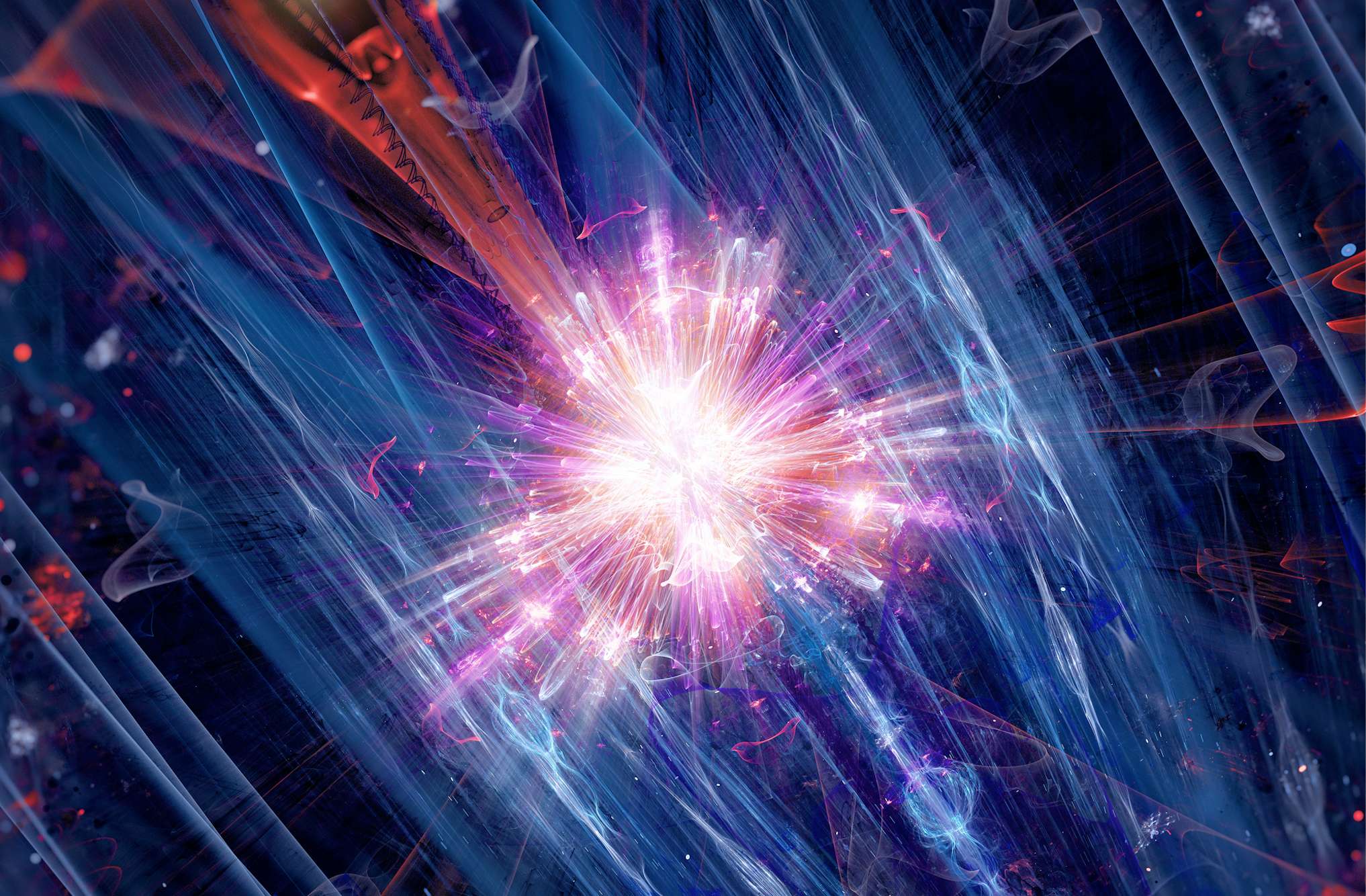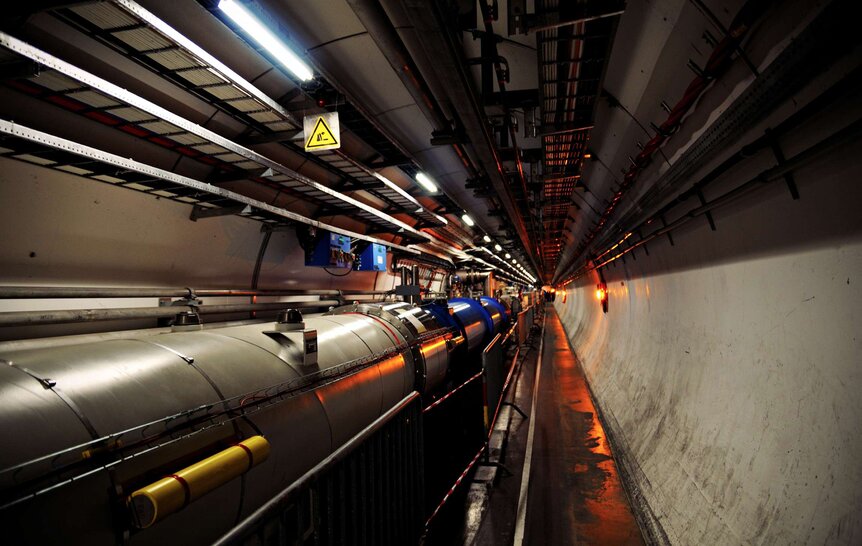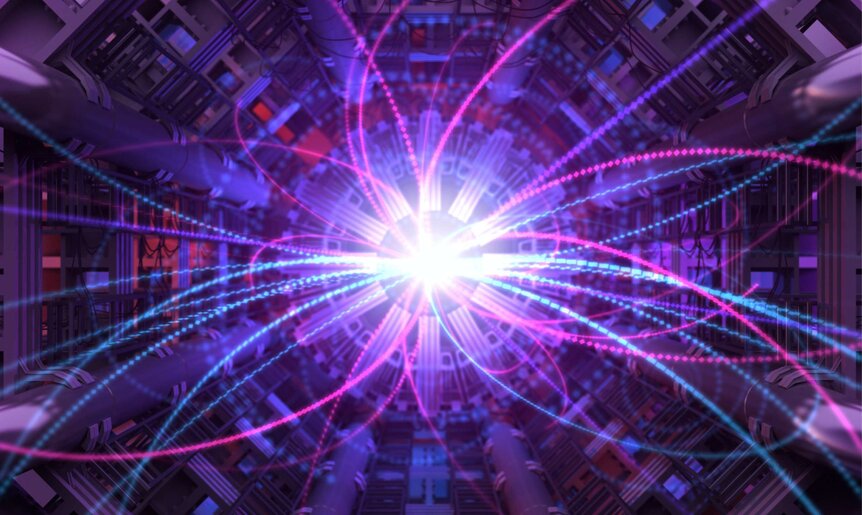Create a free profile to get unlimited access to exclusive videos, sweepstakes, and more!
Primordial plasma from the Big Bang recreated in particle accelerator experiments

Offering a rare glimpse back in time when the universe was still in its infancy, researchers at the Large Hadron Collider in Switzerland have recreated the enigmatic soupy matter that first emerged as a result of the Big Bang.
This extraordinary accomplishment was achieved by a team of physicists laboring at the planet’s biggest atom-smashing machine located just outside the border of Geneva.
This strange primordial stew was cooked up by boldly colliding lead particles traveling at 99.9999991% the speed of the light. For the first time, scientists were able to investigate the cosmic goo to penetrate the mysteries of its temporary liquid form.
Officially known as quark-gluon plasma (QGP), the characteristics of this weird matter barely lasted a fraction of a second, and scientists discovered that it displayed far less resistance to flow than any other substance known to humankind. Its existence replicates the method by which the QGP was born in the wee hours of the dawn of the universe.
"This [study] shows us the evolution of the QGP and eventually [could] suggest how the early universe evolved in the first microsecond after the Big Bang," said co-author You Zhou, an associate professor at the Niels Bohr Institute, University of Copenhagen in Denmark in an official statement.
“First the plasma that consisted of quarks and gluons was separated by the hot expansion of the universe. Then the pieces of quark reformed into so-called hadrons. A hadron with three quarks makes a proton, which is part of atomic cores. These cores are the building blocks that constitutes earth, ourselves and the universe that surrounds us.”
Following the chaotic Big Bang event, the universe was believed to be a violent soup of energy prior to it quickly expanding in a process known as inflation, where the infant universe cools to a point when matter is eventually formed.
Fundamental particles called quarks emerged first, followed by gluons, entities that contain the strength and force that stick quarks together. While the universe continued to chill, these essential foundation particles bound together to become subatomic particles called hadrons, many of which are commonly known as protons and neutrons.
As a result of bashing heavy atomic nuclei together at the Large Hadron Collider, scientists were able to create a miniature fireball that blasts particles into their original primordial forms for a sliver of a second.
Scientists have theorized that they actually first created a QGP-like substance back in 2000, but the latest experiment, published last month in the online journal Physics Letters B, was the first recorded instance of them probing the nature of its liquid state in greater detail.
According to their paper, this quark-gluon plasma was short-lived and only lasted 10 to the minus 23 seconds.
To obtain these illuminating findings, researchers employed new computer simulations and added data acquired from an instrument named ALICE (A Large Ion Collider Experiment) to determine the properties of the matter and how it might have altered between the time it formed and when it condensed into hadrons.
QGP was found to be a perfect liquid, which is defined as something that has nearly no viscosity or resistance to flow, and exhibited changes in shape unlike any other observed matter.
International scientists are highly encouraged by their results and hope to reveal even more QGP details as the Swiss accelerator is upgraded and New York’s new billion-dollar Electron-Ion Collider powers up sometime in 2030.
















